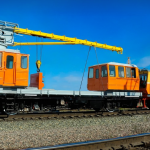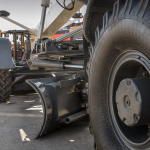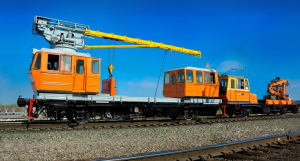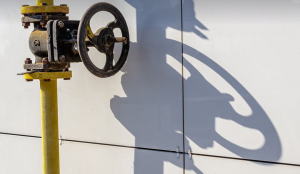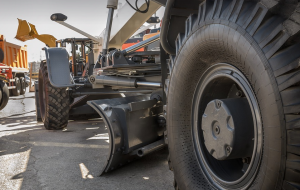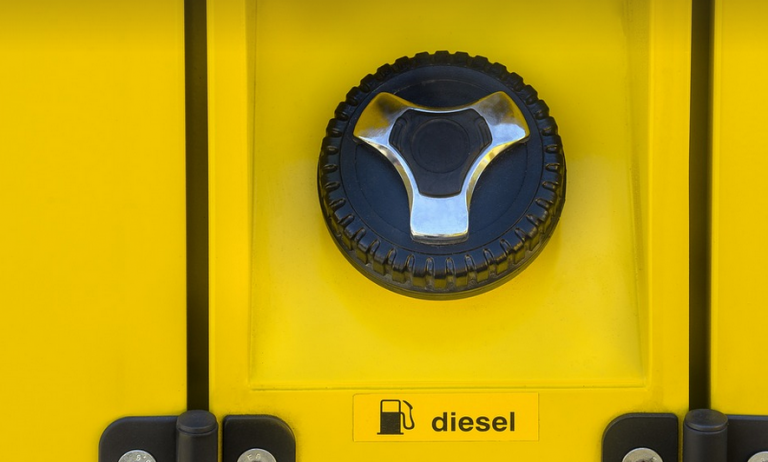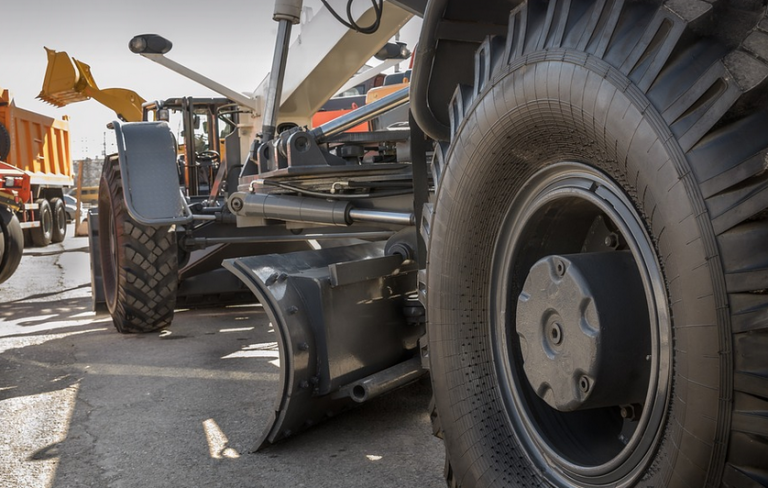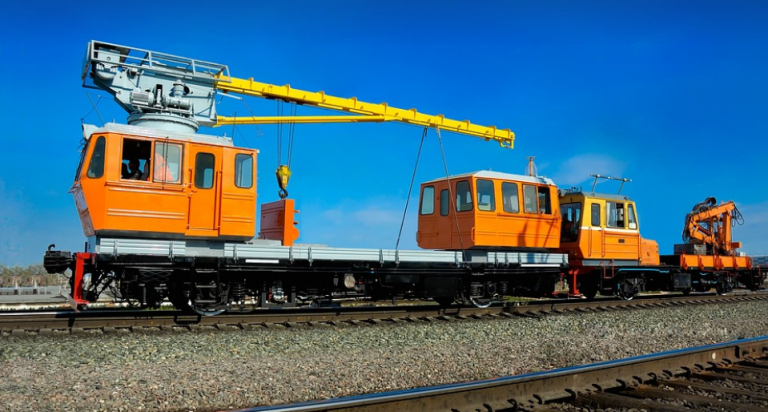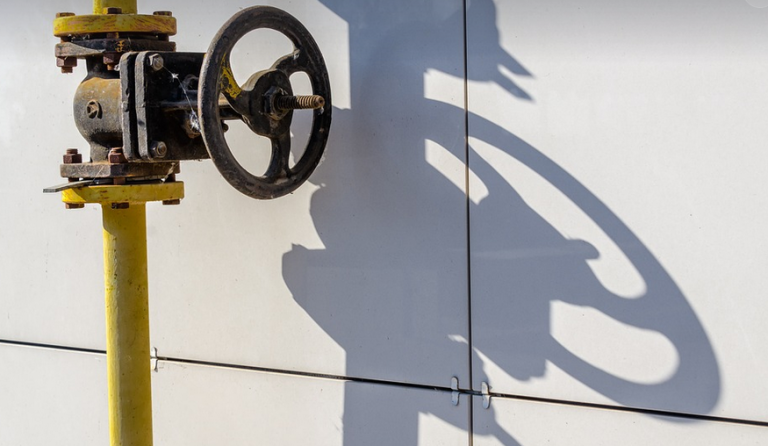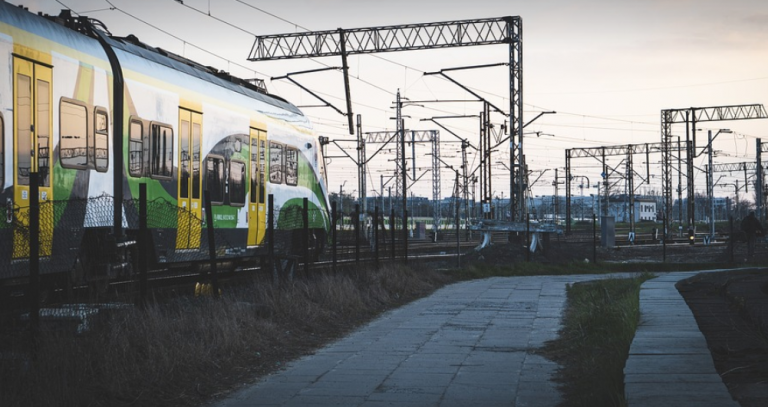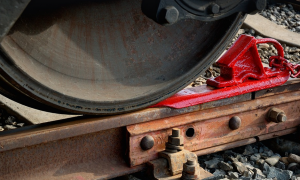What is Slot & Tab Welding?
Imagine you’ve got two pieces of metal, like sheets or pipes, but they need to be joined together securely. That’s where slot and tab welding comes in! It’s a simple yet powerful joining method that uses the power of heat and precision to create strong bonds between these materials.
Slot & tab welding is all about creating grooves on the metal pieces—think like miniature, pre-made holes or slots. These tabs are strategically placed and then welded together using specialized equipment. Think of it as a clever dance between precise cuts, controlled heat, and a beautiful weld!
But why does this work so well? It all comes down to the science: heat creates a phenomenon called plasticity in metal—think of it as getting soft enough to bend. This allows us to gently fold the tabs over each other before applying welding heat.
When you weld these tabs, the heat melts the base metal and fuses the slots together. The result is a strong bond that can withstand significant stress and wear and tear.
Why Choose Slot & Tab Welding?
Slot & tab welding offers several benefits that make it a popular choice for various applications:
- Strong and reliable joints: The interlocking tabs create a self-contained, robust connection that’s hard to break.
- Easy and efficient** : It’s a faster process than some other methods, often requiring less welding time.
- Versatile and adaptable **: This method can be used on various materials like steel, aluminum, and even titanium. The technique is easily customizable for different shapes and sizes.
Slot & tab welding also provides a clean finish, often leaving behind a smooth surface that requires minimal post-weld preparation. It’s ideal for projects where aesthetics play a vital role or when working with delicate materials.
Additionally, the ability to pre-fabricate slots allows for precise adjustments during installation, ensuring optimal alignment and fit.
The Pros and Cons of Slot & Tab Welding
No method is perfect; there are always pros and cons to consider. Let’s take a closer look at what makes this technique stand out:
- Pros:
- Strong and reliable joints** : The interlocking tabs create a self-contained, robust connection that’s hard to break.
- Easy and efficient** : It’s a faster process than some other methods, often requiring less welding time.
- Versatile and adaptable **: This method can be used on various materials like steel, aluminum, and even titanium. The technique is easily customizable for different shapes and sizes.
- Clean finish** : The weld creates a smooth surface that requires minimal post-weld preparation
- Precise and adaptable **: Pre-fabrication of slots allows for precise adjustments during installation, ensuring optimal alignment and fit.
- Cost-effective** : The method can be more cost-effective compared to some other welding techniques.
- Safety and environmental benefits** : The controlled heat process reduces the risk of fire hazards and minimizes waste.
- Cons:
- Limited to certain metals** : It can’t be used on all metal types due to specific material compatibility issues.
- Potential for warping** : While pre-fabricated slots help, improper execution or heat application might cause slight warping.
- Specific skill set required: **Mastering the technique requires specialized training and experience.
Despite these limitations, slot & tab welding remains a popular choice in various industries. Its versatility, efficiency, and reliability make it a valuable tool for professionals when precision is paramount and cost-effectiveness is key.
Applications of Slot & Tab Welding
Slot & tab welding is found across diverse sectors thanks to its adaptability.
- Manufacturing: **Welding prefabricated tabs is commonly used in construction, automotive, and aerospace industries for creating strong and versatile structures.
- Automotive Industry:** From car frames to engine components, slot and tab welding plays a vital role in ensuring safety and durability.
- Construction:** Building bridges, pipelines, and other infrastructure relies on this method for robust joint construction.
- Renewable Energy: **Slot & tab welding is used to join turbine blades (for wind turbines) and other components in the renewable energy sector.
As technology progresses, we can expect to see even more innovative applications of slot & tab welding in various industries, pushing boundaries for efficiency, durability and sustainability.
Getting Started with Slot & Tab Welding
If you’re interested in exploring the world of slot & tab welding, remember this:
- Learn from experts: **Seek out workshops or mentorship programs to gain valuable insights and hands-on experience.
- Practice makes perfect:** Experiment with different metals and weld types until you find what works best for your needs.
- Safety first!** Always prioritize safety protocols, wear appropriate protective gear, and follow established guidelines.
The world of welding is dynamic and exciting, offering constant opportunities for learning and innovation. Slot & tab welding stands as a testament to the power of this field; it’s a method that continues to evolve with advancements in technology, bringing new possibilities to the table.
